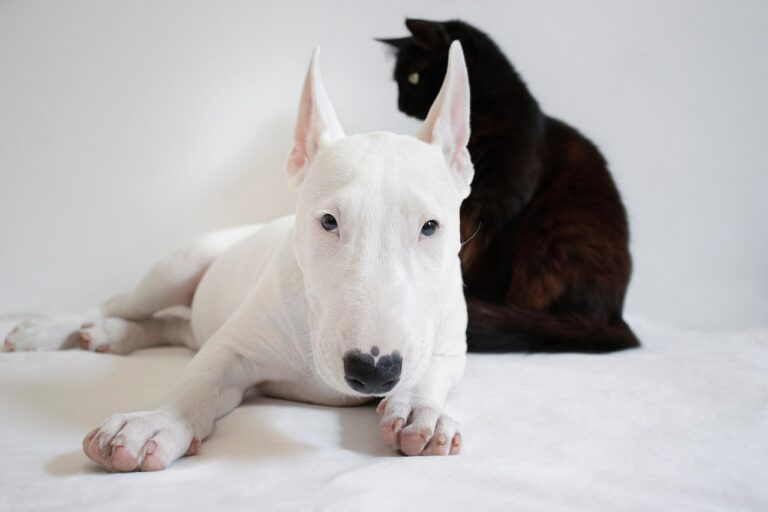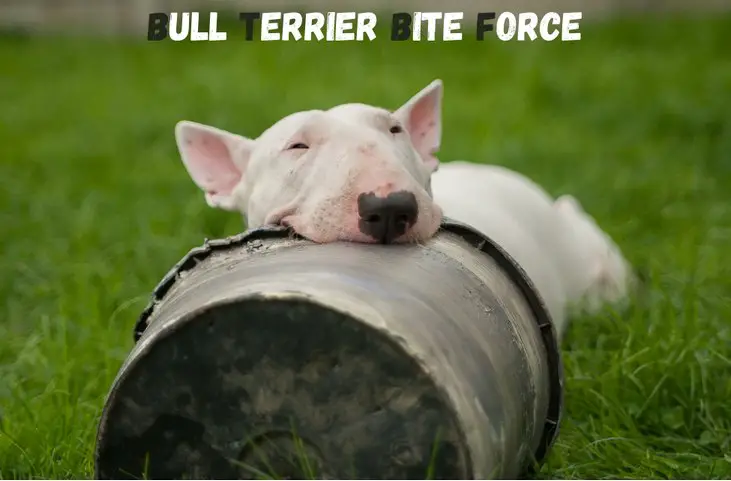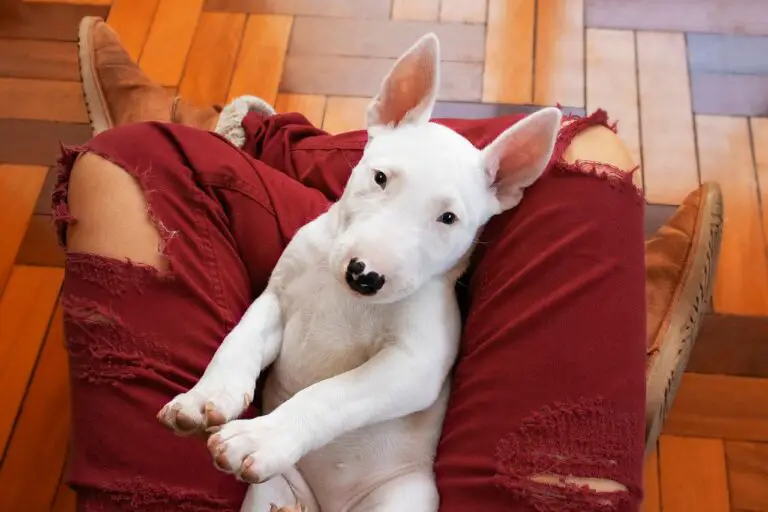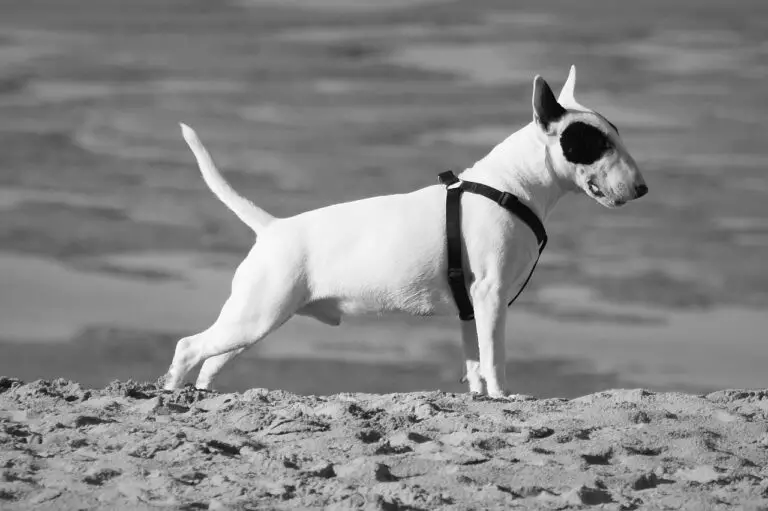Can Bull Terriers Be Left Alone? Separation Anxiety in the Breed
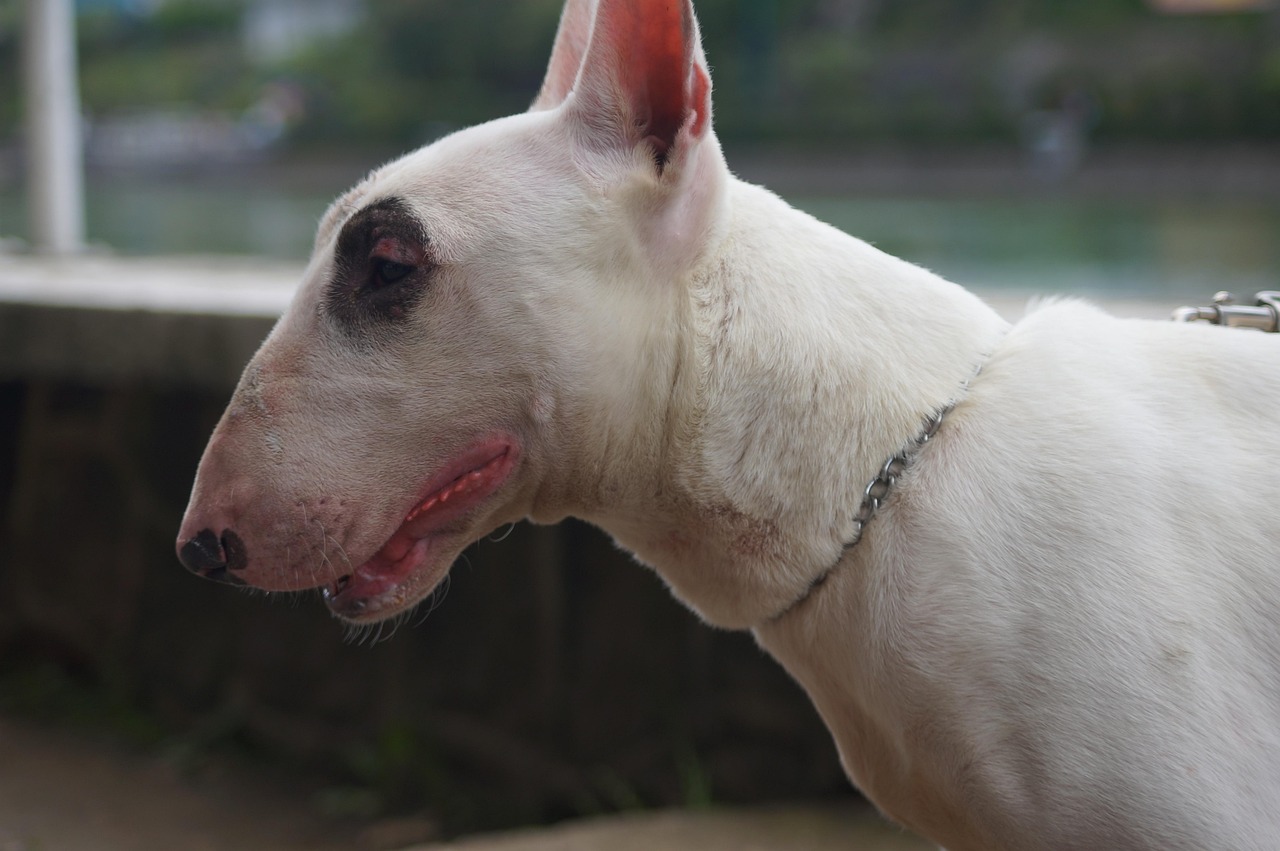
Introduction: The Bull Terrier’s Need for Companionship
Bull Terriers are among the most people-oriented dog breeds, known for forming intense bonds with their families. Their clownish personalities and deep loyalty make them wonderful companions, but these same traits mean they often struggle when left alone. This comprehensive guide covers everything owners need to know about leaving Bull Terriers alone and managing their tendency toward separation anxiety.
How Long Can You Safely Leave a Bull Terrier Alone?
The maximum recommended alone time varies significantly by age and individual temperament:
Age-Based Guidelines
- Puppies (under 12 months): 1-2 hours maximum
- Require frequent potty breaks (every 30-90 minutes when young)
- Need socialization and supervision to prevent destructive habits
- Adults (1-7 years): 4-6 hours maximum
- Only if properly exercised and trained
- Most do best with 3-4 hour limits
- Seniors (8+ years): 2-4 hours maximum
- May need medication or bathroom breaks
- Often develop increased anxiety with age
Critical Note: These are absolute maximums. Many Bull Terriers show stress signs well before these time limits.
Why Bull Terriers Develop Severe Separation Anxiety
Three key factors make this breed particularly prone to isolation distress:
- Genetic Predisposition
- Bred as companion dogs that shadowed their owners
- Strong “pack mentality” hardwired into the breed
- High Intelligence + Energy
- Need constant mental stimulation
- Boredom quickly turns to destructive behaviors
- Emotional Sensitivity
- Exceptionally attuned to owner’s routines
- React strongly to changes in household patterns
Recognizing Separation Anxiety in Your Bull Terrier
Watch for these telltale signs that your dog isn’t handling alone time well:
Physical Signs
- Excessive drooling or panting
- Destructive chewing (especially near exits)
- Potty accidents despite being housebroken
Vocal Signs
- Non-stop barking/howling
- Whimpering or crying sounds
- Scratching at doors/windows
Behavioral Signs
- Pacing in set patterns
- Refusing to eat when alone
- Over-excitement when you return
Pro Tip: Set up a pet camera to observe your dog’s true behavior when alone. Many Bull Terriers act anxious even if they seem calm when you leave.
Training Strategies to Reduce Separation Anxiety
Gradual Desensitization Protocol
- Start with very short departures (just 30 seconds)
- Slowly increase time away (5 min, 15 min, 30 min)
- Vary your departure cues (don’t always use keys/jacket)
- Keep arrivals/departures completely neutral
Environmental Enrichment
- Food puzzles (rotate different types)
- Scent games (hide treats around room)
- White noise/music to mask outside sounds
- Window perch for visual stimulation
Exercise Requirements
- Minimum 45 minutes vigorous exercise before alone time
- Mental stimulation (training sessions, nose work)
- Play sessions to satisfy terrier instincts
Management Tools for Severe Cases
When training alone isn’t enough:
Containment Options
- Crate training (must be positive experience)
- Puppy-proofed room with baby gates
- Outdoor secure kennel (for short periods)
Professional Help
- Veterinary behaviorists for medication options
- Certified separation anxiety trainers
- Doggy daycare or pet sitters for long absences
What NOT to Do With an Anxious Bull Terrier
- Punish anxiety behaviors (increases stress)
- Make emotional goodbyes/reunions
- Leave without proper exercise
- Expect quick fixes (this takes months of training)
Success Story: Realistic Expectations
“My Bull Terrier, Spike, used to destroy doors when left alone. After 6 months of consistent training, he now handles 4 hours calmly with his puzzle toys. We still use a dog walker for longer days, but the improvement has been life-changing.” – Sarah K., Bull Terrier owner
Final Verdict: Balancing Reality and Responsibility
While Bull Terriers can learn to tolerate alone time, they’ll never be independent “leave them all day” dogs. Responsible ownership means:
✔ Limiting solo time to 4-6 hours max
✔ Providing proper physical/mental exercise
✔ Having backup plans (walkers, daycare)
✔ Accepting some dogs may always need company
Remember: The Bull Terrier’s need for companionship is what makes them such devoted pets. With patience and the right approach, most can learn to handle reasonable alone time while maintaining their wonderful, loving nature.


